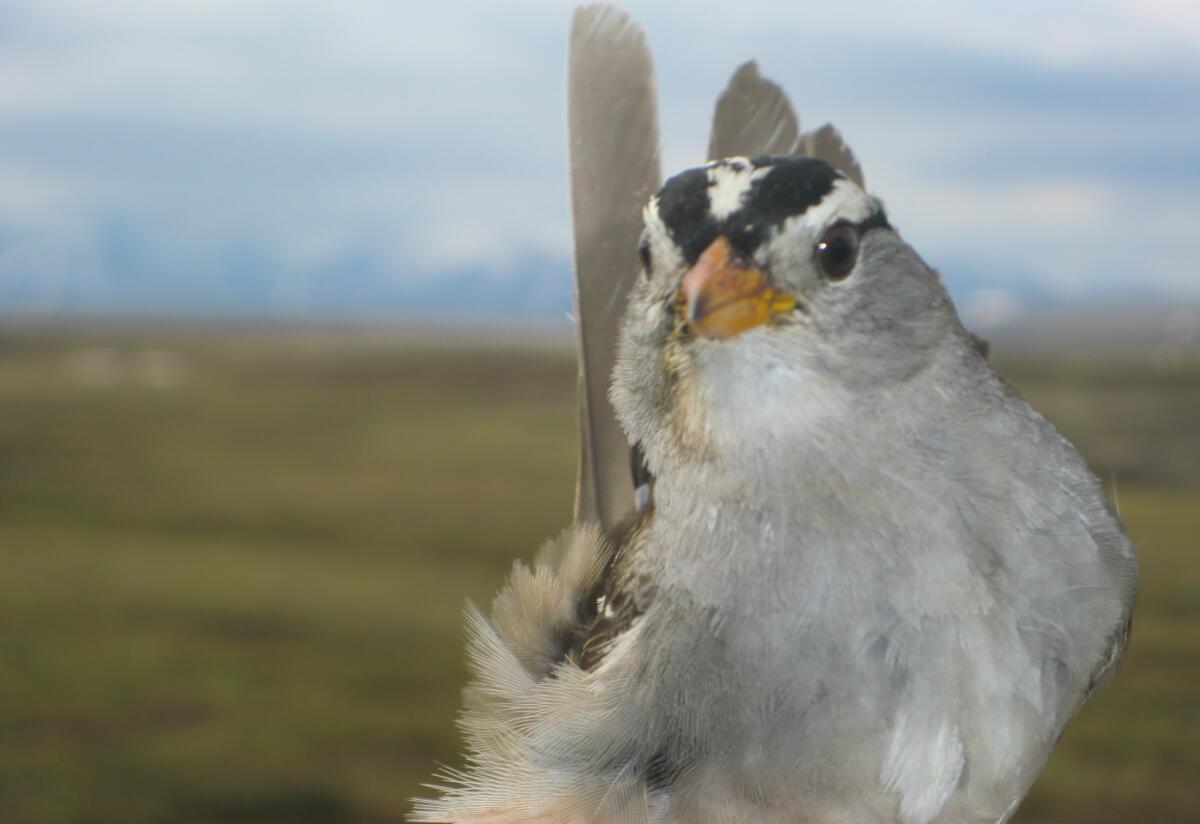Opinion: Climate change: The peril is in all the things we don’t know

Maybe space is indeed the final frontier, but here in Arctic Alaska, at the Toolik Field Station, it feels like the biggest gap in our knowledge of the universe is a lot closer to home — as in, what can we expect as the planet warms? The amount we don’t know about how geology, plants and animals will respond is daunting.
There will be winners and losers, for sure. Scientists already have strong predictions of shorter growing seasons in areas of the world that are now prime agricultural land, including California’s Central Valley. Canada and parts of Russia and China are expected to gain longer growing seasons.
How will we adapt to this? Perhaps by finding new crops that don’t require as long a season. Or perhaps existing crops will manage, if the season is only slightly shorter. It could be that genetic engineering could produce crops that work for these changed conditions.
At Toolik, though, the research is on plants and animals that will have to find their own ways of adapting if the expected thawing of permafrost, and earlier start to the spring season, occur.
The permafrost not only locks carbon away from the atmosphere but also nutrients such as phosphorous. So one project adds phosphorous to the water at points along the Kuparak River. The result so far appears to be more algae growth in those areas. That provides food for the grayling fish, which seem to grow bigger in those areas. So, a win for the grayling.
Another experiment attempted to look at whether changing seasons would cause problems for Gambel’s white-crowned sparrow, a migratory bird that lays its eggs in the Arctic tundra — they’ve been hatching over the last week or so — and winters in Southern California. Birds take their cues to migrate from the sun, which won’t change as a result of global warming. Their main food, insects, take their hatching cues from the season, though. If the Arctic spring starts earlier, will the sparrow be in trouble?
The five-year study hasn’t found a pattern. For one thing, spring hasn’t started earlier during this time — weather is highly variable in the Arctic — and the one year when it started significantly later, the birds appeared to adapt well by sending scouts over the mountains to see whether it was time to complete the migration. That doesn’t necessarily answer the question of what would happen in an earlier spring.
A third study looks at whether the increased precipitation expected under climate change will harm plants that are adapted to live in semi-drought conditions. (This area is an Arctic desert that actually gets slightly less rain on average than Southern California.) Again, the answer looks hopeful so far. The plants exposed to extra moisture — special fences are used to trap more snow on one side — start out looking ragged but then go through a sudden growth spurt and end up fine.
The list of studies goes on, but what they point to more than anything else is how little we know about the plants and animals that make up our natural environment. Southern California’s vegetation is superbly adapted to dry weather, but how many years of such weather would it take before some species gave up? If we’re lucky, the El Nino conditions predicted for the coming rainy season will give them some relief.
I wonder if somewhere closer to my backyard than Toolik Lake, an environmental scientist is withholding water from patches of land to glean the answers.
More to Read
Start your day right
Sign up for Essential California for news, features and recommendations from the L.A. Times and beyond in your inbox six days a week.
You may occasionally receive promotional content from the Los Angeles Times.







